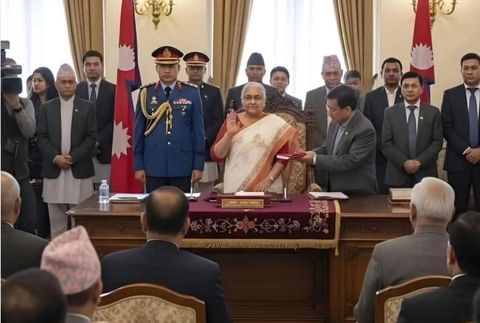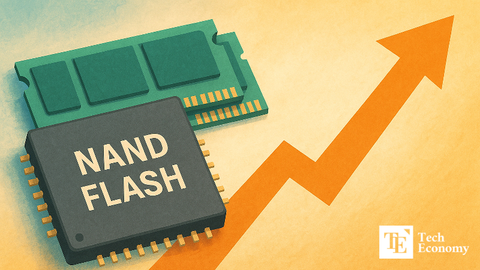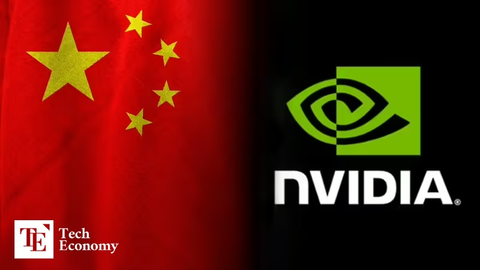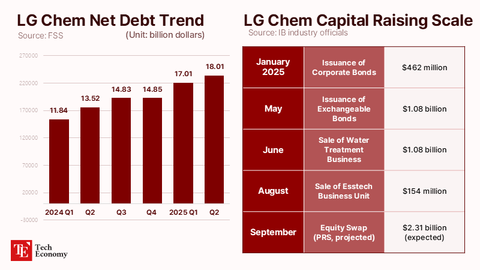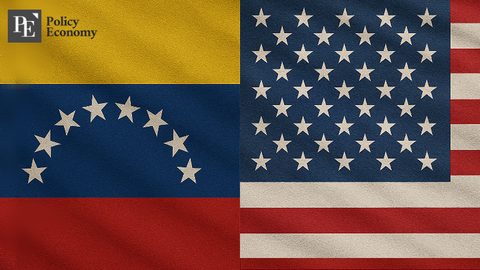China’s Solar Industry Stumbles Under U.S. 'Bombshell Tariffs' — South Korea and India Stand to Benefit
Input
Modified
U.S. Blocks China’s Indirect Solar Exports Through Tariffs Korean Companies Like Hanwha Solutions and OCI Holdings Expected to Benefit India, Strengthening Solar Export Capacity, Also Poised to Gain
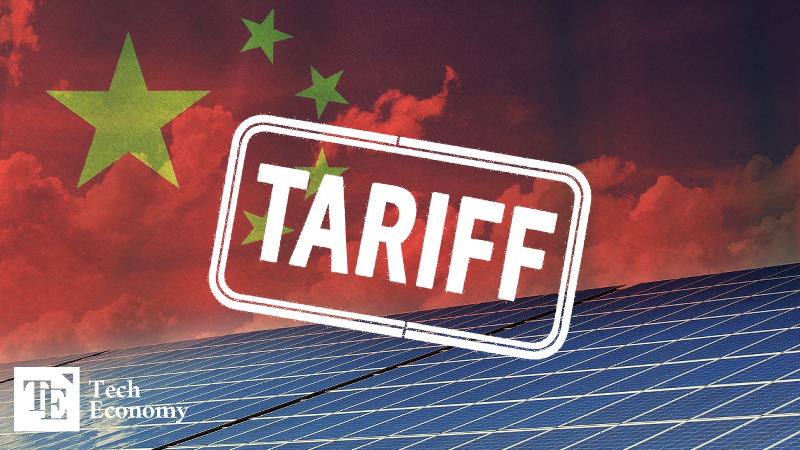
China’s solar industry is facing an unprecedented "survival crisis." This comes as the United States has imposed massive anti-dumping (AD) and countervailing duties (CVD) on Southeast Asian countries, effectively blocking China's indirect export routes. Industry analysts predict that as Chinese companies’ influence in the U.S. solar market diminishes, countries like South Korea and India are poised to benefit from the resulting opportunities.
U.S. Targets Southeast Asian Solar Sector: Opportunities for Korean and Indian Firms
On April 27 (local time), the South China Morning Post (SCMP) reported that President Donald Trump's aggressive new tariffs have placed Chinese solar panel manufacturers in jeopardy. For years, many Chinese firms have quietly sidestepped U.S. tariffs by routing production through Southeast Asian factories. However, the Trump administration’s latest action aims to close this loophole.
Earlier, on April 20, the U.S. Department of Commerce announced the results of its anti-dumping and countervailing duty investigations into solar cells and panels produced in Malaysia, Cambodia, Thailand, and Vietnam. The Department concluded that imports from these four countries were being dumped into the U.S. market and were benefiting from unfair government subsidies, primarily from China.
The duties imposed vary by country and company, with Cambodian manufacturers facing the steepest penalties. Companies such as Hounen Solar and Solar Long PV Tech were hit with a combined anti-dumping and countervailing duty rate of nearly 3,521.14%, following a lack of cooperation with the investigation.
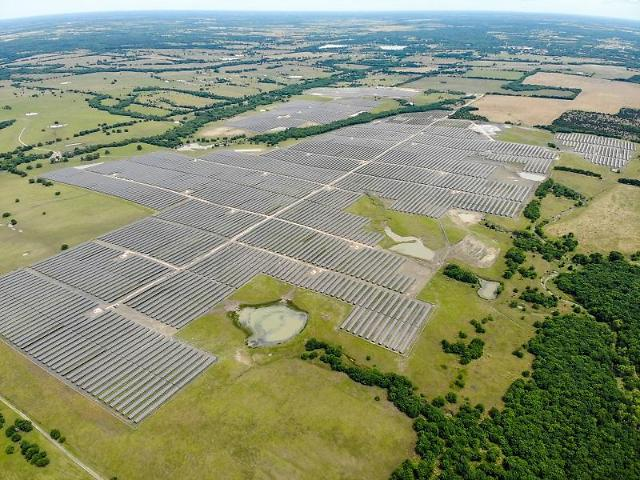
Potential Opportunities for Korean Firms
Industry analysts believe the move could offer a significant advantage to South Korea’s solar companies. “As Chinese firms lose ground in the U.S. market, Korean companies with strong technology and local production capabilities could gradually fill the gap," noted one industry source. However, they emphasized that expanding local production and stabilizing supply chains are crucial to translating this opportunity into real gains.
Hanwha Solutions is considered one of the key beneficiaries. The company is building a large-scale "Solar Hub" manufacturing complex in Georgia, U.S., investing 3.2 trillion won (approximately $2.35 billion). Once operational later this year, the Solar Hub will allow Hanwha to locally produce four of the five key stages of the solar supply chain—excluding only polysilicon—raising its U.S. local production ratio to about 70%.
OCI Holdings, with a supply chain less exposed to tariffs, is also expected to benefit. With polysilicon and wafer materials excluded from the U.S. reciprocal tariffs list (HTSUS), OCI’s Malaysia-based subsidiary, OCI Terasys, produces 35,000 tons of high-purity polysilicon annually. The company is also building a new 2GW solar cell production facility in Texas, allowing it to target the U.S. market with minimal tariff exposure.
Indian Solar Industry Eyes U.S. Market Expansion
India’s solar industry is also eyeing an opportunity to expand into the American market. Recently, India has transitioned from being a net importer to a net exporter of solar products, thanks to a global shift away from Chinese supply chains.
Major Indian solar manufacturers such as Waaree Energies, Adani Solar, and Vikram Solar exported more than half of their production during the 2024 fiscal year. In the same period, India's solar module export value surged to approximately $2 billion, more than 23 times the figure from two years prior.
However, challenges remain. Analysts warn that India’s solar sector remains heavily reliant on Chinese raw materials and equipment. Rohit Gadre, an analyst at BloombergNEF, pointed out, “The biggest risk for India’s solar industry is its heavy dependence on Chinese inputs. A further escalation in trade wars could see China cutting off supplies."
Additionally, while India has made strides in solar module and cell manufacturing, it still lags significantly in wafer and ingot production. Even if Indian firms expand their production capacity, they may still need to rely on Chinese polysilicon, maintaining a level of vulnerability.

